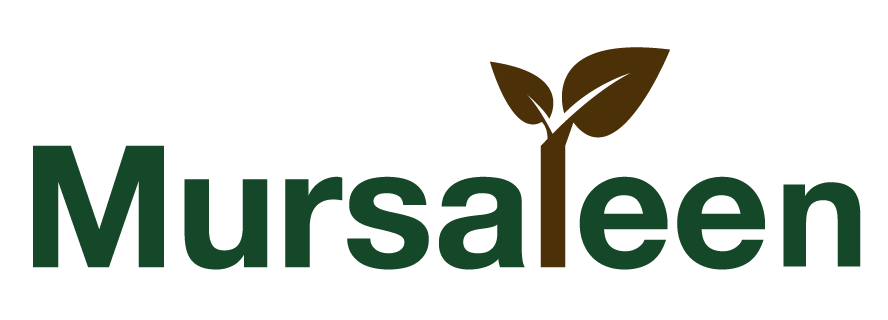Pulse Diagnosis
To analyze the pulse, a physician asks their patient about their health. The patient stretches out their wrists on a table. The physician registers the patient’s heart rate by holding three fingers in three positions on each wrist at a time; they evaluate the heart rate by using many parameters. These parameters are based on the physician’s observation – (Mushaahida), experiences – (Tajarubaat), and predictions – (Qayaas). Each complete pulse diagnostic system has its own unique way of reading pulses (Zhou, Ogihara, Nishimura, Leng, & Jin, 2019). When practitioners first use the pulse as an analyzer, it is best to look at the big picture, the dominant pattern (Cheifetz et al., 2017).
Pulse reading is a methodology employed by Hakeems to diagnose their patients. The history of pulse diagnosis is just as complex as the history and development of the Unani system itself; pulse reading was studied by Ibn Sina (980–1037 AD) from Chinese and Greek medical traditions, and was then incorporated into Unani (I. Khan, 2015). The movement of the pulse consists of an expansion and then a contraction after some time. Pulse readings are conducted at the wrist of the patient, and Hakeems can use anywhere from two to four fingers, depending on the school of thought being followed.
References:
Cheifetz, A. S., Gianotti, R., Luber, R., & Gibson, P. R. (2017). Complementary and alternative medicines used by patients with inflammatory bowel diseases. Gastroenterology, 152(2), 415-429.
Khan, I. (2015). Ibn Sina and the roots of the Seven Doctrines of Preservation of Health. Acta Medico-Historica Adriatica, 13, 87-102.
Wu, H. K., Ko, Y. S., Lin, Y. S., Wu, H. T., Tsai, T. H., & Chang, H. H. (2017). The correlation between pulse diagnosis and constitution identification in traditional Chinese medicine. Complementary Therapies in Medicine, 30, 107-112.
Zhou, S., Ogihara, A., Nishimura, S., Leng, Z., & Jin, Q. (2019). Analysis of pulse diagnosis data for the elderly by using two analytical methods. International Journal of Social and Humanistic Computing, 3(2), 158-175.
